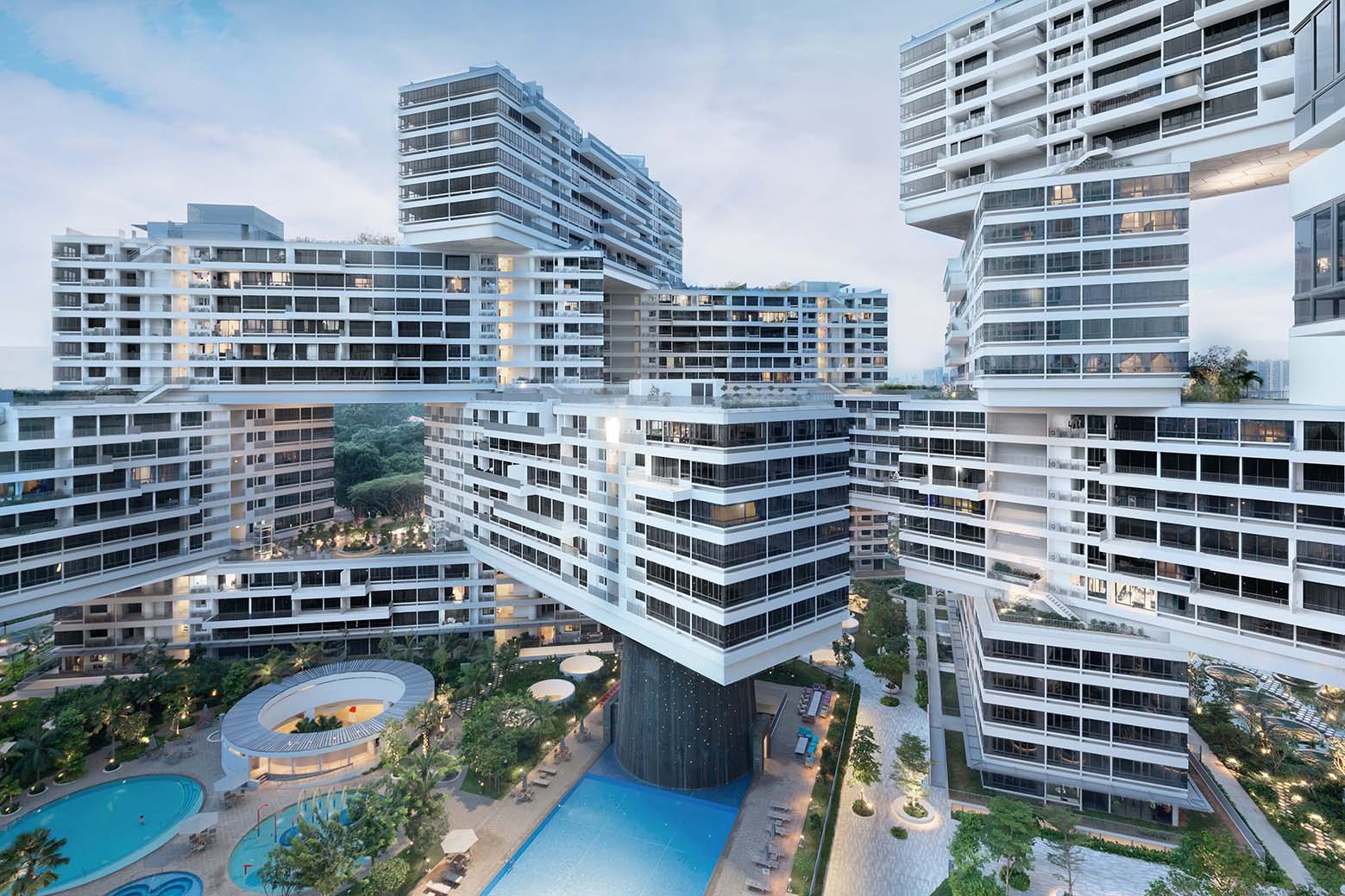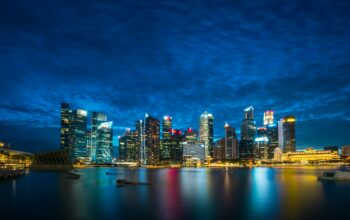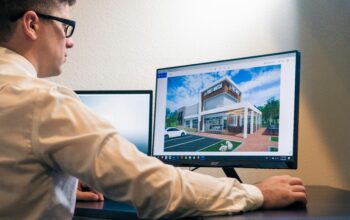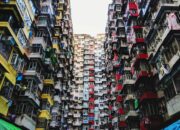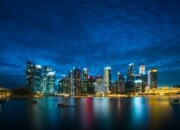Uzone.id – Just like everything else, architecture is keeping up with the times. We’re seeing some exciting trends emerge, and people are expecting buildings that are not only beautiful but also practical, eco-friendly, and people-focused.
Future buildings will likely be smarter thanks to databases, artificial intelligence, and technology like sensors and IoT. These buildings will be able to adapt to their surroundings and the people inside. Imagine lights, heating, and air conditioning that adjust to your habits, or windows that control light and temperature automatically. It’s the future of architecture!
Incorporating data and AI trends in architectural design will make the trends personal. User data will be used to design areas that are more personalized and reconstructed according to the user’s tastes. For example, interior design functionality is based on a person’s circadian rhythm, or preferred color schemes.
“In the future, buildings will be living organisms that continuously learn and adapt to their environment. Artificial intelligence will allow us to create spaces that are not only functional but also emotional,” stated Bjarke Ingels, the Founder of Bjarke Ingels Group.
The next trend is sustainability and the utilization of ecological and friendly materials in the construction of an architectural design. Growth in the application of recycled construction materials including recycled timber, recycled polycarbonate, and eco-friendly cement is also expected.
Sustainable natural resource-based products like bamboo, hemp, mushrooms, etc will emerge as more appealing than conventional building materials. Solar panels and mini wind turbines will become a part of new structures and designs the same as rainwater catchment systems.
“We must design products and buildings that provide benefits to people and the environment. Sustainable design is an investment in the future,” said an American author, William McDonough.
Then the future trend will be a lot of construction of 3D printers. 3D printing technology helps to build intricate and distinct construction structures. Another related advantage of construction is that the structure-building process should also be fastened by using 3D printing, more so, in creating prefabricated construction parts. Using 3D printing there will be less waste of materials because in the manufacturing process, only necessary material is used.
Following is the architectural trend that tries to bring part of nature inside the architecture. Living green walls full of vegetation do not only concern the aesthetics of buildings but are even effective in climate regulation and purifying the air. Green roofs can, therefore, act as an insulating layer, lower cooling demands, and collect rainwater. Architectural features of the buildings will reflect a higher degree of contact with nature represented by many windows, terraces, and gardens.
Another mobility type that will be popular in the future is also known as vertical mobility. High-rise buildings will also become more common as people seek to maximize the available land in population-dominated regions. ‘Smart’ means that moving people and goods up and down in multi-storied buildings will embrace intelligent lifts and automatic traveling staircases.
Further, the use of VR and AR by architects in designing structures will also continue to rise. It can be suggested that the usage of VR and AR technologies facilitates the effective visualization of a building’s design between the architect and the client before constructing the building. This system allows different design teams from different parts of the world to work simultaneously on a virtual platform.
Last but not least, the future structures will also be constructed in a manner that they could easily withstand flood, earthquake, or hurricane disasters. Passive design will involve procedures such as natural ventilation and shading in an attempt to lower the cooling load on buildings.
“Architecture must be part of the solution to address the challenges of climate change. We need to build buildings that are resilient and flexible, so they can adapt to changing environmental conditions,” said Co-Founder Diller Scofidio + Renfro, Elizabeth Diller.
As the architectural future is unveiled, intelligence and responsiveness of the structures to the people’s needs, enhancive, and sustainability mark the future paradigms of architectural design. New technologies, environmentally sustainable materials, and construction ideas will help architects build a much more advanced environment for the subsequent generations.

